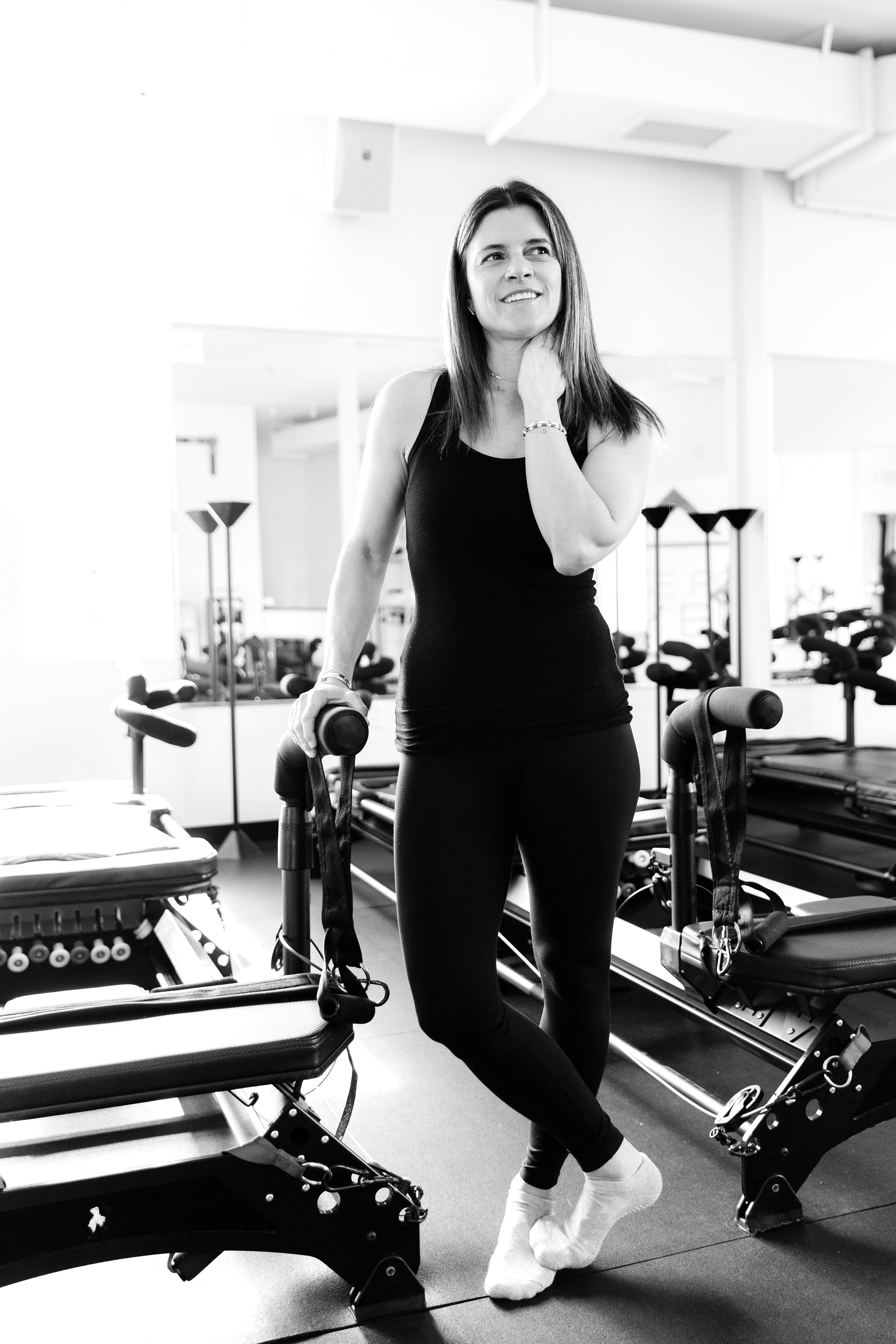The amount of gases and oxygen circulating in the blood can affect performance during exercise. Knowing the oxygen you are using is also indicative of how well you are processing and utilizing oxygen in the body. If you’re able to use oxygen effectively, you have more chances of doing longer and more challenging workouts. In contrast, low oxygen levels will cause you to tire more easily and get dizzy and drowsy.
The body needs oxygen to function, and each tissue in the body utilizes oxygen to function properly. Exercising depletes the body of oxygen, and the body eventually slows down after a length of time doing strenuous physical activities.
The following are just some reasons why oxygen levels are important to know when exercising:
1. Knowing your blood oxygen levels will keep you from fainting
Fainting is a sudden loss of consciousness that can happen to athletes who have been exerting too much effort. Fainting can happen to endurance athletes in triathlons, and it is usually a combination of many factors, foremost of which is the lack of oxygen in the brain. Low blood pressure is also a factor in fainting. Loss of consciousness because of fainting is not really considered to be a serious issue.
Fainting usually results from oxygen levels in the brain dropping too low. The result of this is the reduction of blood pressure in parts of the body. Fainting is a survival mechanism since the brain gets extra blood at the expense of other parts of the body.
Sometimes people who exercise get dizzy after their workouts, and this is caused by a lack of oxygen.
When you are exercising, your muscles use up a lot of oxygen. Your breathing and heart rate naturally increases so that oxygen-rich blood can flow into your veins and muscles. Some people forget to breathe adequately during their exercise, and this results in the heart not being able to pump up enough oxygenated blood into the brain. Dizziness occurs when the brain lacks oxygen
It is important to breathe properly while exercising to make sure you are getting enough oxygen throughout your body.
Many people tend to withhold their breath during certain exercises, such as core exercises. Try to find a balance between tightening your muscles and getting enough breath. Practicing the right balance can make performing this exercise easier.
2. You will be able to exercise more efficiently
The body uses oxygen as a source of energy, and it keeps the body working at an optimal level. On average people need an oxygen saturation level or SpO2 of 89 percent to maintain healthy tissues and proper functioning at the cellular level. Lower SpO2 than the recommended amounts can cause strain in internal organs. The body won’t be working at its optimal best.
Below average SpO2 levels are also known as hypoxia and can be a sign of underlying diseases related to lung and sleep. Low SpO2 may require a person to have a supplement of oxygen to help the body work at an optimal level and prevent damage at the cellular level.
The oxygen saturation level indicates how much oxygen is reaching the tissues during exercise. It is important to know your SPO2 levels after every workout. Above-average blood oxygen levels mean the body will convey the oxygen throughout the body quicker. Below average blood oxygen levels mean the body will transmit oxygen to the tissues slower resulting in fatigue and sluggishness during workouts.
A pulse oximeter can measure the oxygen levels in the body. The pulse oximeter is non-invasive and painless and gives a general guide as to the oxygen present in tissues like the finger earlobe and nose. It uses a clip-like device with a probe to be placed in the body parts mentioned.
3. Knowing your oxygen levels will help you guard against dehydration
Dehydration is a condition of a lack of water supply in the body. Most endurance athletes, such as triathletes, travel long miles, and distances to perform physical feats. The types of activities they do vary from swimming to cycling to running. These athletes need to be constantly hydrated, and there are usually water stations whenever a triathlon event is held in a city or area. Fainting spells and dehydration are certain conditions that these athletes or anyone exercising for a prolonged period of time will face.
Dehydration is more than depletion of water in the body. Lack of water also causes a decline in the blood flow and oxygen delivery to the brain. It is important to be aware not only of how much oxygen you are taking in but also of how much water you are ingesting. Water and oxygen go hand in hand in giving the body sufficient resources to the body to perform at optimum levels. The lack of water will affect the distribution of oxygen in the brain, so it is crucial to drink water at a constant level during any physical exertion.
Can You Boost Your Oxygen Before Exercising to Keep the Levels from Dropping?
There is really no surefire way to boost oxygen levels and keep them from dropping when exercising. Oxygen naturally drops after any physical activity. However, there are some supplements that are touted to boost oxygen levels, and they are available in forms such as tinctures available in liquid format. Some are even available in a can and even have flavors such as tropical breeze.
Some athletes use oxygen supplements to boost their performance. Since oxygen is known as a natural source of energy, it is accepted as a sports enhancer.
The amount of oxygen levels in the body can actually be boosted by exercise and deep breathing such as yoga. The body works to keep SpO2 levels up during exercise, which can train the body to keep oxygen levels up even when at rest. One hour of brisk exercise such as intense walking, running, cycling, and dancing for at least several times a week can significantly increase SpO2 levels.
Diet also has an effect on oxygen levels. Eating chlorophyll-rich foods such as spinach, lettuce and seeds and nuts such as sunflower seeds and almonds can draw more oxygen into the blood, thus increasing SpO2 levels.
Final Thoughts
Oxygen is crucial to exercise since it is used by every cell and tissue in the body. Determining oxygen levels are as important as the heart rate and pulse rate before starting on an exercise regimen. The amount of oxygen you receive can be improved by increasing your physical activity and improving your diet. Good oxygen levels mean a more effective workout session and a more efficient way of reaching fitness goals.
Read the latest issue of Athleisure Mag.












